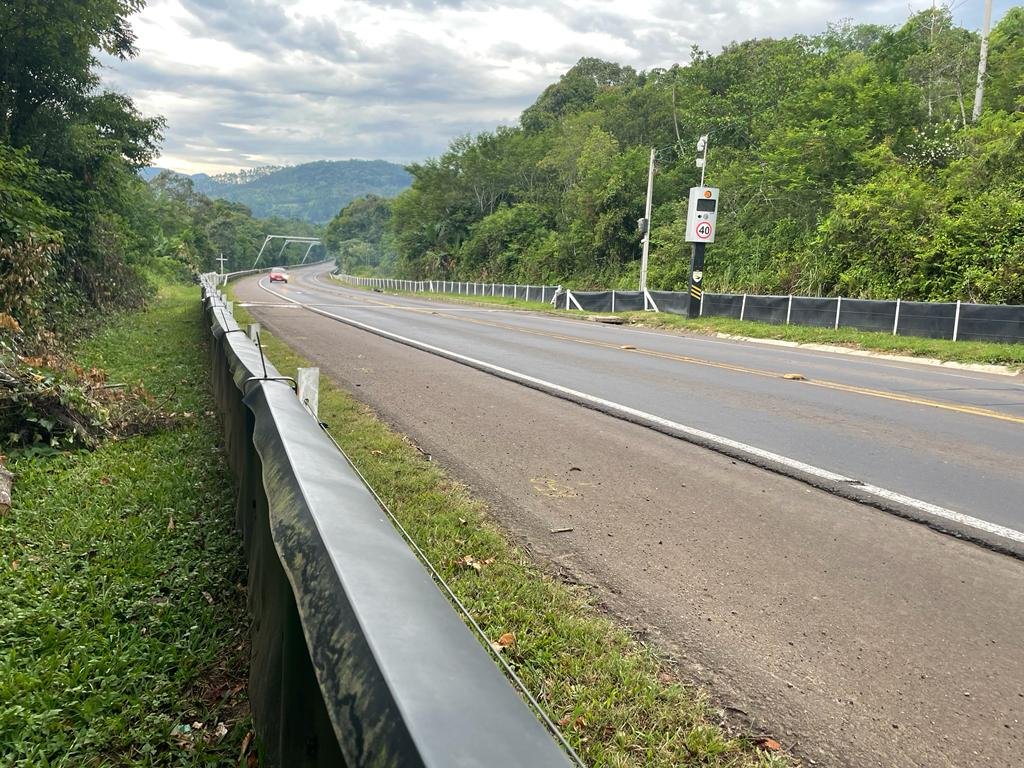
Frog Fencing
Animex wildlife fencing is designed and tested to protect all frog species.
Frog exclusion fencing
The life cycle of frogs dictates that females lay their eggs in water. Some species live most of their lives in and around water and are relatively sedentary. Terrestrial frogs, however, live most of the time in other environments, such as forest, but still need to visit water to breed. They are more mobile than their aquatic counterparts and are prone to movements at the start and end of the breeding season. Therein lies a problem for conservationists. In spring, adults make their way to a favored pool, later returning to the environment where they spend the rest of the year. Juveniles also move away from their natal pool to suitable terrestrial habitat; tens of thousands of froglets may migrate from a single pool in late summer.
If there is an artificial obstruction between the two environments – a construction site or a new road, for example – mortality will be greatly increased. Every year there will be two adult migrations and one juvenile migration across it – with resultant development site deaths and road-kill. New developments fragment habitats and obstruct migration routes. They often also involve the removal and relocation of breeding ponds; fencing can be used both to guide them away from development sites and towards newly constructed breeding ponds. Fencing can also be used to aid population assessment prior to any development.
It is the responsibility of planning engineers to reduce the ecological impact that construction sites and roads have, and to use mitigation measures as tools in ecological conservation. Fencing, along with other mitigation measures, such as tunnels, has been shown to reduce deaths on construction sites and road-kill – without disrupting the animals’ life cycle. But it has to be the right kind of fencing or frogs will climb over it, find their way through it or become entangled in it.
VIDEO: Salamander passing through culvert after being directed by AMX-SP on The Atlantic Freeway - New Jersey, USA
Top 5 species Animex is commonly used for:
Nothern Cricket Frog
Dusky Gopher Frog
Southern Gray Tree Frog
Northern Leopard Frog
California Red Legged Frog

Managing wildlife movements across the USA
Special Status Species
Animex wildlife exclusion fencing is suitable for all Special-Status Species.
This list includes all federally-listed Endangered and Threatened species in the United States under the Endangered Species Act as well as state-listed or priority species in those states with their own legislation.
If you would like to know which fencing would me most effective for your target species please speak to one of our experts.
California red-legged frog Rana draytonii
Chiricahua leopard frog Rana chiricahuensis
Dusky gopher frog Rana sevosa
Mountain yellow-legged frog Rana muscosa
Oregon spotted frog Rana pretiosa
Sierra Nevada yellow-legged frog Rana sierrae
Northern cricket frog Acris crepitans
Barking treefrog Hyla gratiosa
We have 4 products suitable for frogs…
-
Turtles (Small)
Lizards (Small)
Mammals (Small)
Frogs (Small)
Tortoises
Snakes (Small)
Salamanders
Newts
Toads
Guide Price
-
Turtles (Small)
Lizards (Small)
Mammals (Small)
Frogs (Small)
Tortoises
Snakes (Small)
Salamanders
Newts
Toads
Guide Price
-
Turtles (Small)
Lizards (Small)
Mammals (Small)
Frogs (Small)
Tortoises
Snakes (Small)
Salamanders
Newts
Toads
Guide Price
guide prices are based on 1m of fencing instaleld free stadning with …..








